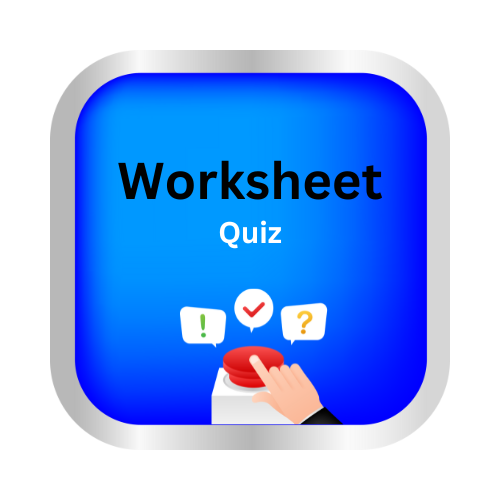Food and living beings
Key Notes :
Importance of Food
- Energy: Food provides the energy necessary for all living beings to perform various activities, including movement, growth, and reproduction.
- Growth and Repair: Nutrients in food help in the growth of new cells and the repair of damaged tissues.
- Health and Immunity: Proper nutrition helps maintain overall health and boosts the immune system to fight diseases.
Types of Nutrients
- Carbohydrates:
- Function: Provide energy.
- Sources: Rice, bread, pasta, fruits, and vegetables.
- Proteins:
- Function: Build and repair tissues, make enzymes and hormones.
- Sources: Meat, fish, eggs, dairy products, beans, and nuts.
- Fats:
- Function: Provide energy, support cell growth, protect organs, and keep the body warm.
- Sources: Butter, oils, nuts, seeds, and avocados.
- Vitamins:
- Function: Support various bodily functions, including vision, skin health, and immune response.
- Sources: Fruits, vegetables, dairy products, and meat.
- Minerals:
- Function: Build strong bones and teeth, make hormones, and regulate heartbeat.
- Sources: Dairy products, meat, fruits, vegetables, and grains.
- Water:
- Function: Vital for all bodily functions, including digestion, absorption, and temperature regulation.
- Sources: Drinking water, fruits, vegetables, and other beverages.
Food Sources and Categories
- Plants:
- Examples: Fruits, vegetables, grains, nuts, seeds.
- Importance: Primary source of food for humans and many animals; rich in vitamins, minerals, and fiber.
- Animals:
- Examples: Meat, fish, eggs, dairy products.
- Importance: Provide proteins, fats, and certain vitamins and minerals.
- Processed Foods:
- Examples: Bread, pasta, canned foods, snacks.
- Importance: Convenient and sometimes fortified with additional nutrients but can be high in sugars, salts, and unhealthy fats.
Food Chains and Food Webs
- Food Chain:
- Definition: A linear sequence of organisms where each is eaten by the next member in the chain.
- Example: Grass → Grasshopper → Frog → Snake → Hawk.
- Food Web:
- Definition: A complex network of interconnected food chains within an ecosystem.
- Example: In a forest, a deer eats plants, a tiger eats the deer, and decomposers break down dead organisms to return nutrients to the soil.
Photosynthesis
- Definition: The process by which green plants make their own food using sunlight, carbon dioxide, and water.
- Equation: Carbon dioxide + Water + Sunlight → Glucose + Oxygen.
- Importance: Basis of the food supply for most living beings as it produces oxygen and organic compounds used by other organisms for energy.
Balanced Diet
- Definition: A diet that contains all the necessary nutrients in the right proportions to maintain health.
- Components: Includes a variety of foods from all food groups – fruits, vegetables, grains, proteins, and dairy.
- Benefits: Supports overall health, growth, and development; reduces the risk of chronic diseases.
Human Digestive System
- Mouth: Chews food and mixes it with saliva to begin digestion.
- Esophagus: Transports food from the mouth to the stomach.
- Stomach: Breaks down food using acids and enzymes.
- Small Intestine: Absorbs nutrients into the bloodstream.
- Large Intestine: Absorbs water and forms waste products for excretion.
Let’s practice!

